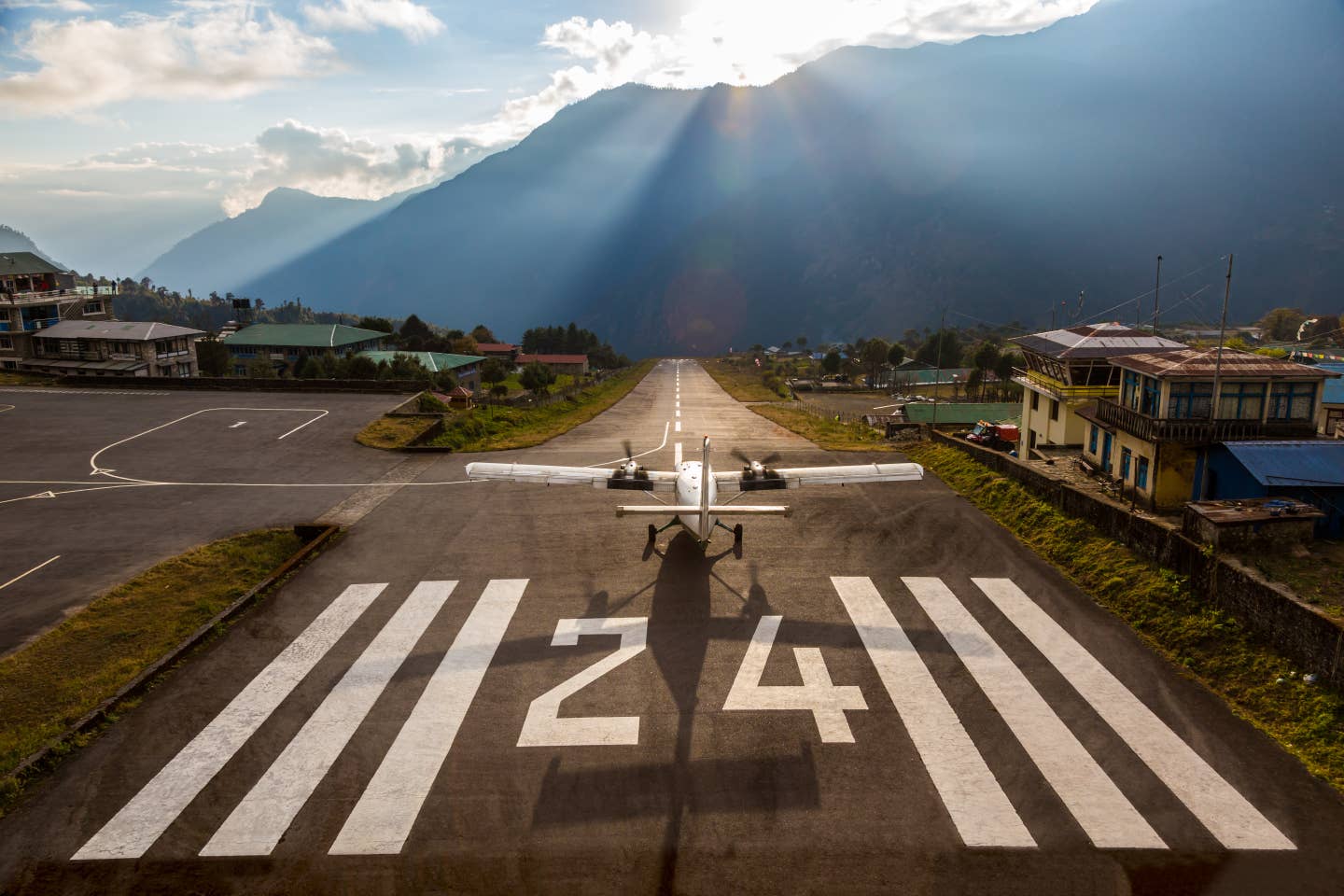Effective Braking Techniques
Using the brakes that are fitted to our airplanes seems like a simple exercise. Most of us recognize the need to slow down, press on the toe pedals, and get…

[image: Adobe Stock/alexbrylovhk]
Using the brakes that are fitted to our airplanes seems like a simple exercise. Most of us recognize the need to slow down, press on the toe pedals, and get the desired response. If a swerve occurs, we'll modulate the pressures and keep the pointy end forward.
But every so often, an airplane winds up in the rough, off the pavement. We can blame it on brake failure, but all too often, it's due to blockage in the inner-cranial space. Aircraft brakes do wear out, fade, or leak, but if given proper maintenance, they'll do their job. We need to do our job as well.
We ask a lot of our lightweight binders, mostly hydraulic unpowered non-anti-skid designs clamping onto steel discs attached to the main gear wheels. After a 100-mph touchdown halfway down the landing surface, we expect them to make up for our ineptitude and rein in a runaway flying machine. To get the most out of their capability, we need to give them a bit of a break [sic].
- READ MORE: Flying With Little Or No Lighting
We can start out by letting them rest until they're really needed. Proper taxi technique is to restrict speed to permit slowing to a halt by simply reducing power to idle. If you're rolling faster than that, it's usually because you're distracted by some task and not paying attention, not because you need to get airborne before your void time expires. Use only the power necessary to overcome the tires' friction and pavement gradient.
If you're stomping on the inside brake to stay on the curve's centerline stripe, you've started into the turn too fast. Plan for the turn, slowing before entering, only bringing up power after nearing its exit into the straightaway. Even if you don't have nosegear steering, you can swing the airplane around with just a starting toe-tap.
Noise-cancelling headsets are great for preserving our hearing and clarifying ATC instructions, but they mask the excess rpm left over from starting uphill on the ramp. Careless pilots frequently blast their way around the tarmac with squealing brakes and half-throttle, busily twisting and tapping info onto a screen or responding to communications. Do some of that pilot stuff and pull the throttle back.
Proper planning for the landing replaces a lot of brake dependence. The best thing we can do to avoid brake abuse is to slow down while we're still in the air. The POH landing tables use 1.3 times full-flap stall speed as an approach reference number; don't pad it, that's enough. And if you're lightly loaded and low on fuel, recalculate your approach speed based on the reduced stalling speed. Fly precisely, so you don't have to use brakes as a substitute for brains.
Aim for a touchdown spot that assures minimal braking for the runway exit. Unless there's a reason to land long, get the wheels on and slowing before that fixed-distance marker. The old rule about “land in the first-third or go around” still makes sense, and it's easy to do if you fly the right approach speed.
Don't force the airplane onto the pavement; flying into contact invites wheelbarrowing on the nose gear and porpoising, leaving the main gear lightly, or not even, in contact, which means your brakes are doing nothing but locking up the tires to burn off rubber. Land as fully into the stall as you can, so the main gear is ready to grip the runway surface with most of the weight of the airplane on the wheels, not the wings.
Tripping the flap switch to transfer weight to the wheels shouldn't be necessary unless your POH says “for maximum braking”, which you shouldn't be needing if you plan ahead, or the runway is extremely short. If needed, immediately use maximum braking without skidding the tires, not in a panic stop as you near the red lights at the end.
Finally, fly properly, so the tower never gets to say “Speed permitting, exit at the end.”

Subscribe to Our Newsletter
Get the latest Plane & Pilot Magazine stories delivered directly to your inbox






